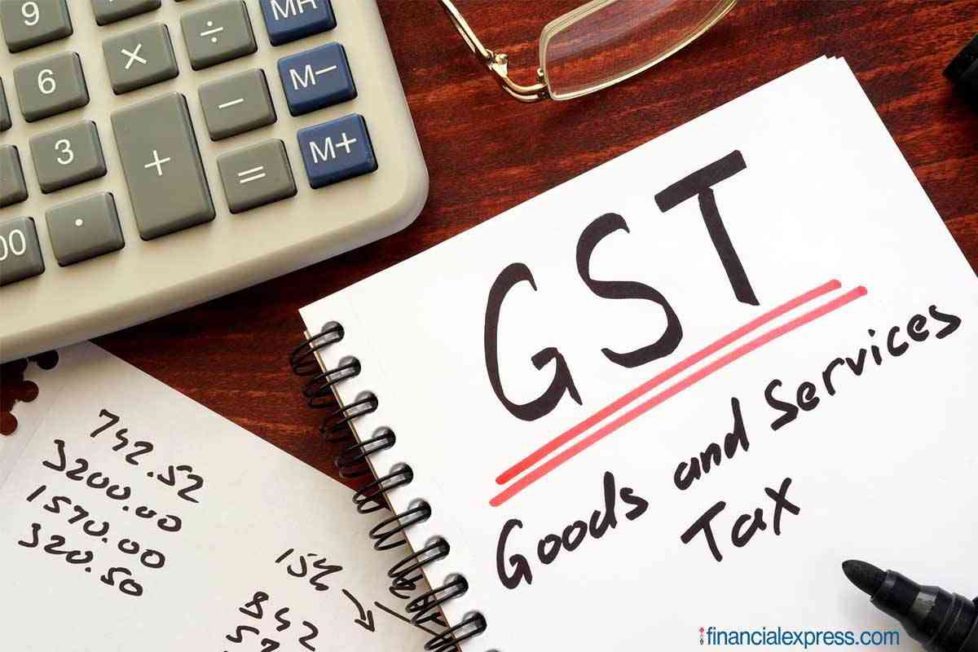Reforms needed in GST


Chief Economic Adviser (CEA) K V Subramanian on Thursday said that rationalization of GST rate structure is on the government’s agenda and it is definitely going to happen.
Further, he said that
If the Govt. is able to do the above, then that will hugely boost Indian industry and manufacturing. How?
Coming to first point. A manufacturer, uses different goods/services to manufacture. Different tax slabs for different input components make accounting complex and things difficult to manage. Most countries having a GST have 1, or 2 or max of 3 slabs. Why India has so many?
I would suggest to have 4 slabs i.e. 6%, 13%, 28% and 50%(Abolish 0% and 18% slabs). Merge 12% and 18% slabs to 13%. Bring all essential goods from 0% to 6%. Some might complain, this will result to inflation. No. Say for producing rice or milk, many of goods used to produce milk are already at 18% (or even 28%) slab. Anyways, due to many essentials being taxed at 0%, others are being taxed at higher slab. If all goods are taxed, then the overall tax rate will be lower.
Also, taxing the essentials at the lowest slab(6%) will result to formalization of economy.
28% slab should contain luxury goods, nothing else. Hence, bring the other essential goods like Cement, Bikes(below say 150cc) etc. to 13% slab which are being currently taxed at 28%.
50% slab should contain sin goods like tobacco, cigarettes etc.
In nutshell, most of the regular goods will be taxed at 6% and 13% – effectively we will see 2 tax slabs. No 0% slab OR very few items like say education or medical at 0% slab.
Second, inverted tax structure: The big problem is that: many of the finished goods at a lower slab than the goods that are required to produce this. This results to accumulation of Input Tax Credit(ITC) which is not always paid in time by Govt. The raw materials should be taxed at lower rates than the finished goods. Also, all the machines used for producing the goods should be taxed at a lower rate. Say we put Milk at 6% GST. All machines and raw materials needed to produce milk should be taxed at 6%. For the 13% slab all raw materials and machines used for producing that should be taxed at 6% or 12%. Reforming this, will result to a big boost to especially Indian manufacturing.
Thirdly, bring petroleum and electricity under GST: I know this is not easy. But bringing these two things under GST will help all companies claim Input Tax Credit on Petroleum and Electricity. Put Cess on Petroleum and distribute the Cess collected between states, Centre and Local bodies through recommendation of Central and State Finance Commissions.
Fourthly, remove the concept of no Input Tax credit: the benefit of GST is ITC. Why are restaurants allowed a 5% slab with no ITC? Bring them to 13% slab and let them claim ITC.
GST reforms is a low hanging fruit which if reformed will having a big and positive impact on Indian economy. If Govt. plans to do this, this is most welcome.
DISCLAIMER: The author is solely responsible for the views expressed in this article. The author carries the responsibility for citing and/or licensing of images utilized within the text.
